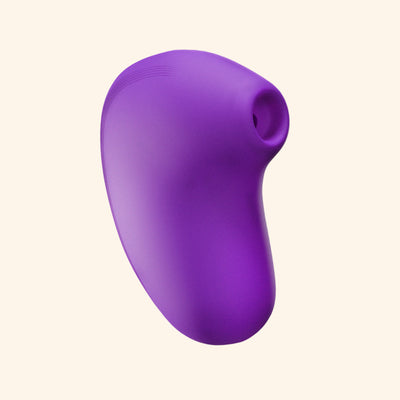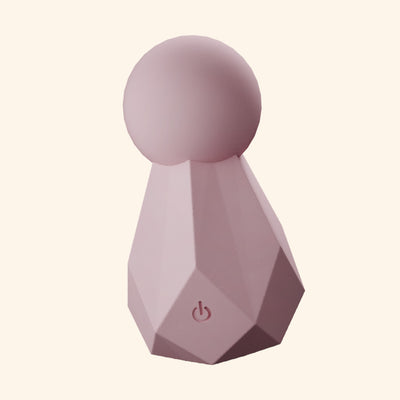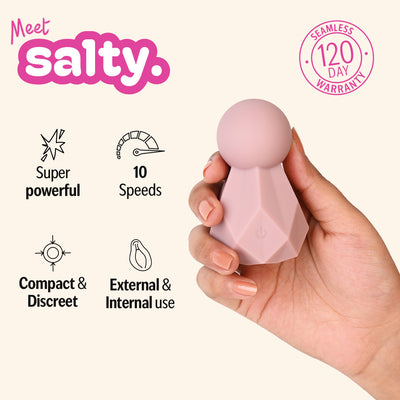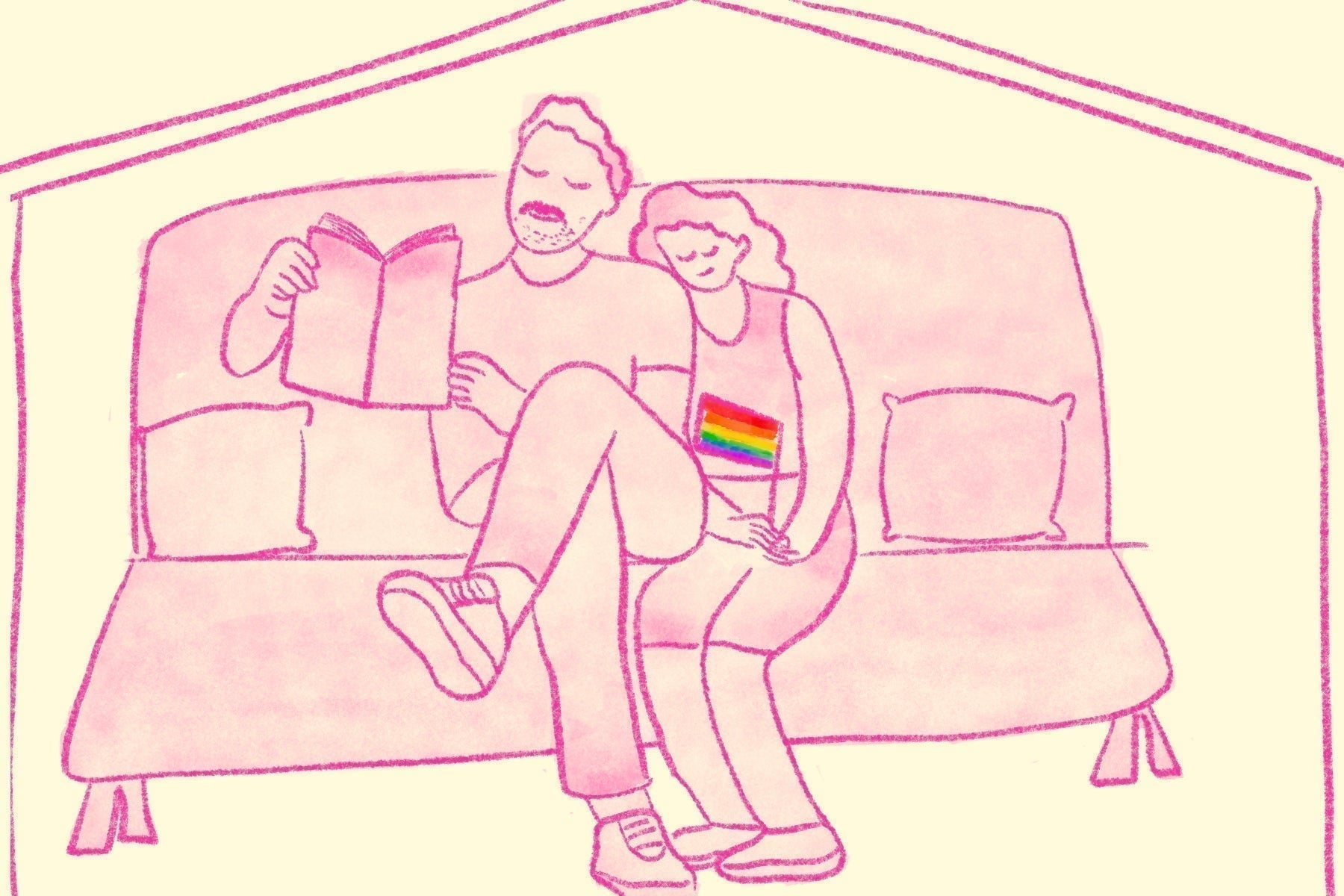Your cart is currently empty
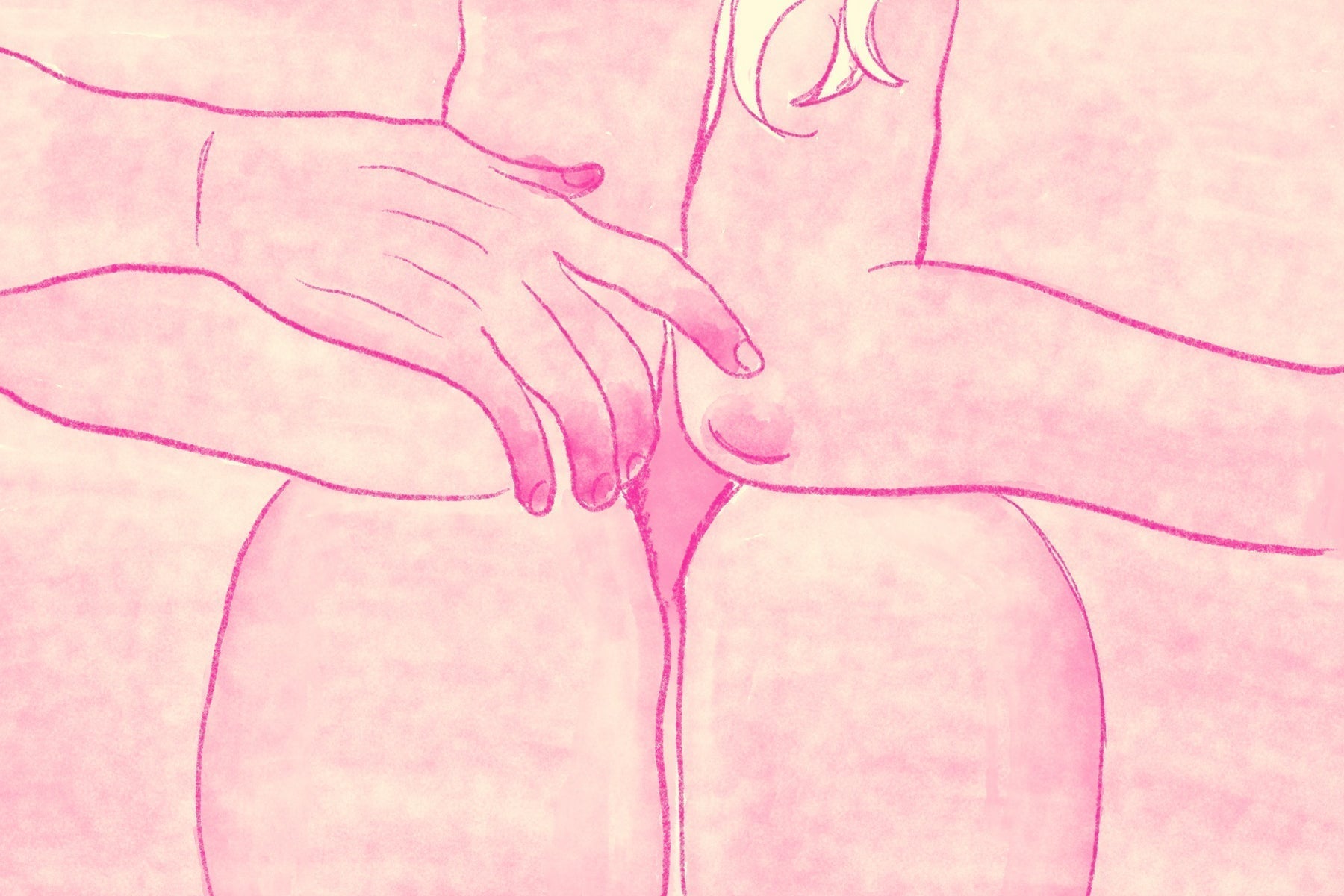
Let’s begin from the beginning, like the very beginning of humankind: picture a high altitude cave-condo in which Mr and Mrs. Cave live. Mr. Cave’s sex drive is that of a rabbit: He is forever turned on. He can start kissing Mrs. Cave while they are eating raw chicken in the morning or jump at her when she is giggling at his hunting stories or bang her when they dance around the fire at night.
On the other hand, Mrs. Cave’s sex drive is that of a bird: she likes mating rituals, she wants him to pursue her, sometimes she gets turned on when he gifts her that rare mammoth tusk (some could even say it’s like the prehistoric version of our sex toys LIT suction massager or Flex Massager) or when he just cuddles her.
Kinda weird example, we know, but the point is these differences have existed forever, one could argue since the dawn of time! One kind of desire is not better or more normal than the other. Cue drumroll: One of the most refreshing developments of the last few years has been the dismantling of so many hoity-toity ideas: we no longer think there are only two genders, we’ve embraced a beautiful rainbow of sexualities! Similarly, the idea that unless desire is spontaneous it is not real or heartfelt, has been proven to be false.
The XXX of Spontaneous Desire
If we are to believe movies, porn and the whole gamut of pop culture, this is more or not how sexual desire plays out: two people look across the room, make some oh-so-steamy eye contact and BOOM! Suddenly their bodies are colliding, clothes are flying off, furniture is breaking as they release their inner animals! Oof, sounds hot, right? More or less, this is spontaneous desire. But with a crucial difference: this is spontaneous desire in pop-culture.

In real life, it is less dramatic but not by far. Most people have an innate understanding of spontaneous desire, it is this out of the blue craving/lust for sex. Like when you see a hot person and have some dirty thoughts? Or hey, remember Johnny Bravo? Remember his perpetual horniness? That is exactly what we are talking about.
In technical terms, spontaneous desire is the one in which mental desire comes first, followed by physical arousal. The problem with the over depiction of spontaneous desire in pop culture, and the larger discourse, is that it has become synonymous with real love, sparkling chemistry and authenticity. This is a myth. Don’t make Aunt Sassy bring out the slides.
Responsive desire..ahhh What?
Okay so now that we’ve understood spontaneous desire, what in what is responsive desire? Don’t worry, we’re going to tell you right now.
Look, responsive desire isn’t animalistic - don’t get us wrong, it can get that hot and that heavy but with responsive desire, people take more time to get into it, you know? Basically, they’re okay engaging in sexual activity without really being turned on right from the start. And then as they get more into it, they get more turned on. Kinda like not being that hungry but damn that burger looks good and then woof, all of a sudden you’re devouring it?

Unfortunately, responsive desire has not been portrayed in the best light all these years. Even though the term responsive desire is not that common, it has been referred to by aliases like low libido, lack of interest, the waning of spark, etc. which is NOT true.
Friends with benefits, Romans, and fuck buddies, let us make it absolutely clear–responsive desire is perfectly natural and totally healthy. To put it simply, people with responsive desire want to be seduced, want to be turned on by their partner, their environment. Instead of desire finding them, they find desire. Yes, they take their time, but it doesn't mean they are having less fun!
Masculine desire and Feminine desire
We know what you are thinking: spontaneous desire is how those who identify as men make love and feminine desire is how those who identify as women make love, right? Well, kinda and also kinda not.
According to Emily Nagoski, the author of Come as You Are: The Surprising New Science that Will Transform Your Sex Life, the widely accepted statistics about desire say 75 percent of men and 15 percent of women report that they feel primarily spontaneous desire, whereas 30 percent of women and 5 percent of men report that they feel primarily responsive desire.
The Pendulum of Desire style
Just like your fashion style (good riddance to the 2000s), your desire style is not fixed or rigid! In fact, you will most likely hop from one to another over the years!
It’s been observed that in long-term relationships people first experience spontaneous desire, which later they are also nostalgic about. And as the relationship starts to mature and grow, responsive desire takes over. Responsive desire does not mean lesser intensity of pleasure. It is just different.
What should the couples do?
You must be wondering, what should I do if I have more or less sexual desire than my partner? We’ve got your back!
If you are a ‘low desire’ individual or you are in a relationship with one, do not assume that this needs fixing. Desire is not a cock competition, bigger is not always better. Instead, try and understand your partner’s desire language just as we do with love language. No one should try to be a missionary in their relationship unless we are talking of positions! The goal is not to convert but to learn, and understand your partner’s needs.
One of the great ‘aha’ things about our present moment is the sheer amount of literature available on this subject. Familiarize yourself with it. ‘In Come As You Are’, Nagoski talks about the importance of identifying our brakes and accelerators:
We know that people with responsive desire require more sexual stimuli to activate the accelerator (i.e., what turns you on) and reduce what’s putting on the brake (i.e., turning you off). She believes that addressing what’s putting on the brake is equally, if not more important, than activating the accelerator. Find out what your partner needs, find out what you need, find out what is stopping you from getting there, communicate, seek therapy and get back in action.
Also check out our blogs on - sex drive and different sex positions.
Vidisha is a screenplay writer who also loves writing the occasional blogs. She's smitten by all things funny, sassy, and creative. And has the penchant for cracking the odd joke. She also wrote this bio.


